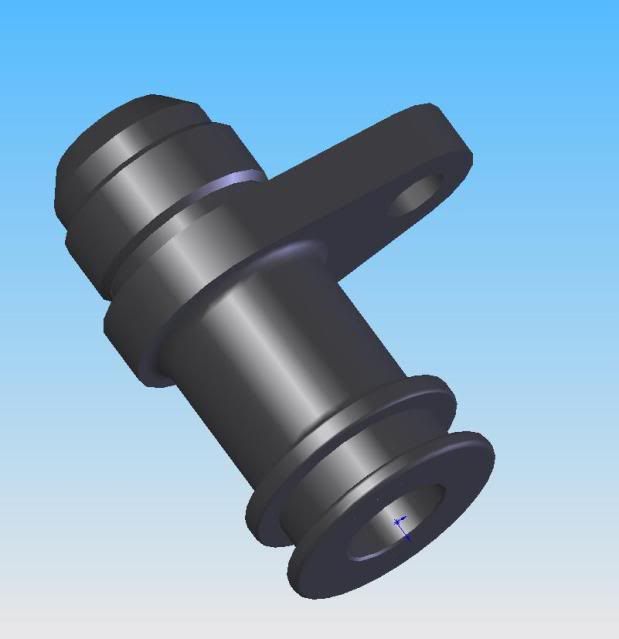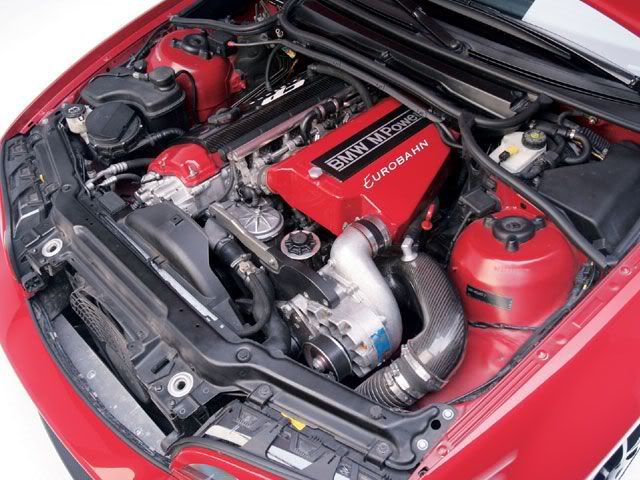Remember that gas flow and pressure are essentially equivalent things, they are both the result of the kinetic energy of the molecules in a gas. The difference is direction, flow is about gas molecules with motion in similar directions and pressure is in random directions. In a gas flow scenario such as an engines intake, where the mass flow is a constant throught the intake, you are essentially continually varying wether the gas has pressure or flow. Pre turbo the gas has high flow and low pressure, post turbo low flow and high pressure. Pressure will create flow but it is not as efficient as using flow itself. If you want gas to go in a certain direction such as through an intercooler, you can use a very high pressure and let the molecules move through at random. Or you can use low pressure but direct flow through the intercooler. Shooting the air molecules straight down the intercooler is more efficient as you are forcing the air molecules to go in the right direction to get through the inercooler rather than using pressure and letting them randomly find their way through. Pressure is wastefull as gas molecules spend their time bouncing off each other and walls etc and not going where you want them.
I think the scenario with the 944's intercooler is interesting. I think that Porsche are simply making the turbo work hard and create a big pressure differential across the intercooler as the cars power output is such that it is not taxing the turbo at standard boost pressure. This is not a problem on standard car as turbo boost comes from waste exhaust gas and is free. Using pressure to drive flow across the intercooler has the added advantage that it will use the whole cross section of the intercooler equally. If you start using high flow to get air through the intercooler you can start under using certain sections of the inercooler if the flow isnt balanced across the entire cross section. This makes the intercooler perform worse. I think this is the reason that the standard turbo starts struggling at high rpm and boost as getting pressure high enough to get the flow across the intercooler becomes too much for the turbo. The common solution here would be to move to a bigger turbo which can cope with the high pressure.
I now think that the danger in modifying the 944's intercooler is that you would end up with an intercooler with poorly balanced flow across the intercooler cross section which would negate the benefits of the modification in the first place. The difficulty in getting a balanced flow across the intercooler is probably why Porsche never did it in the first place and might make such a modification far too difficult. I now think simply changing the shape of the end tank wouldn't be good enough and a more complex design would be required. Maybe internal fins in the end tank to direct flow more evenly across the intercooler vains.











